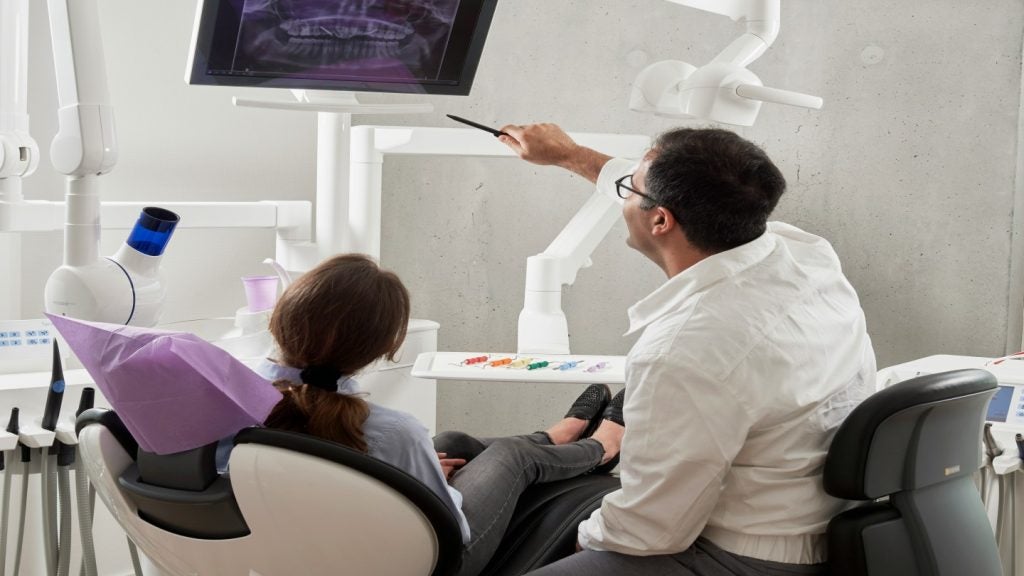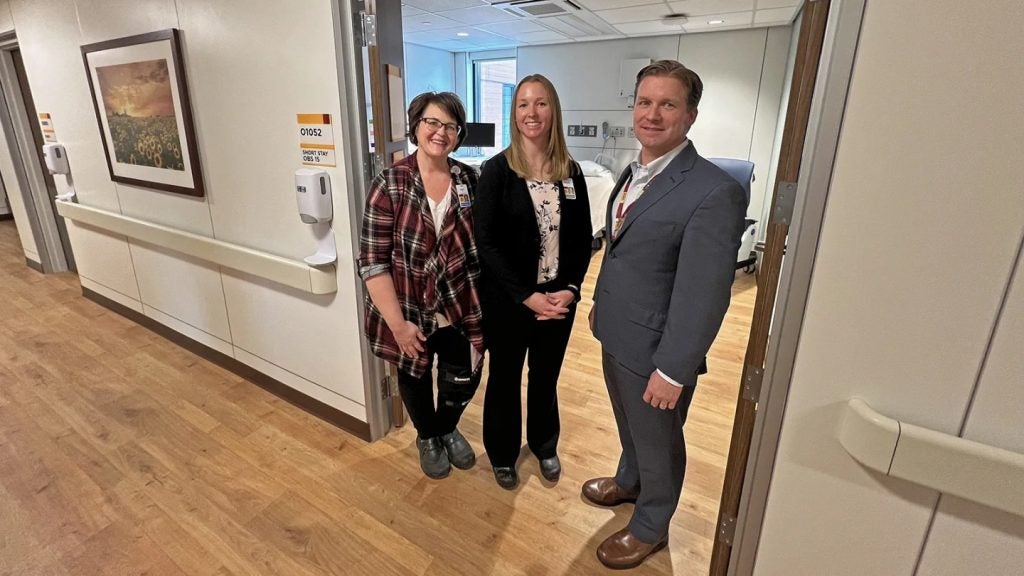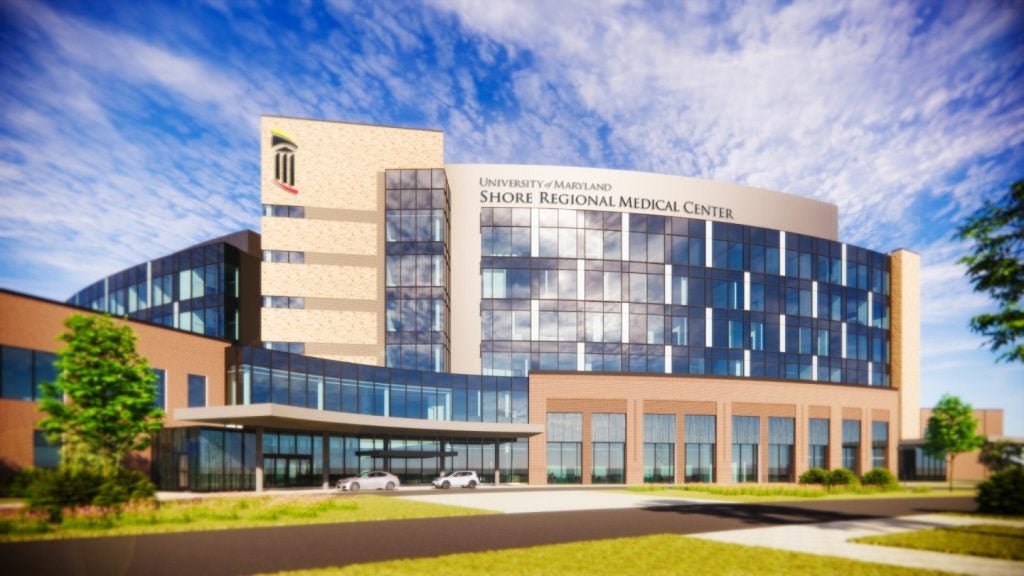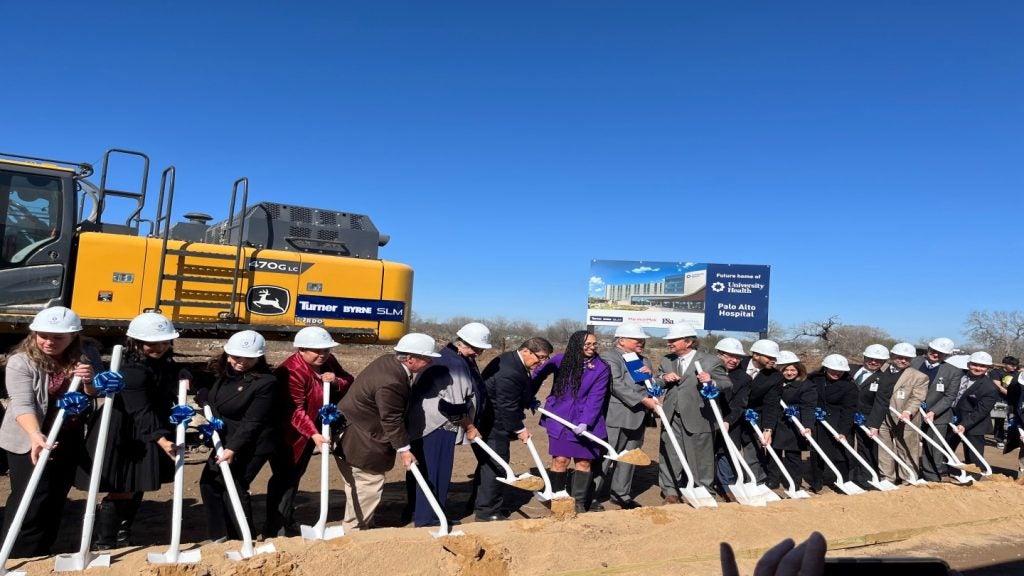The Shrewsbury and Telford Hospital NHS Trust (SaTH) in the UK has launched two Rehabilitation and Recovery Units at Shrewsbury and Telford hospitals.
These new units will increase the existing bed capacity at Telford’s Princess Royal Hospital and the Royal Shrewsbury Hospital.
Additional bed capacity is projected to decrease waiting times for patients in need of planned surgeries by freeing up beds typically allocated for post-operative recovery.
This development is particularly beneficial for the frail and elderly, as well as patients requiring specialist rehabilitation, such as those recovering from strokes or hip fractures.
The care in the two new units will be administered by Shropshire Community Health NHS Trust.
According to SaTH, the units are designed to provide care for patients who no longer require acute hospital services but are not yet ready to return home safely.
Both the rehabilitation units are further expected to reduce the strain on hospitals by decreasing emergency department congestion and minimising ambulance handover delays, as well as lessening the dependency on corridor care.
The units are intended to serve as a transitional step, offering the necessary support for patients to recuperate from illnesses or injuries sustained during their hospital stay.
A multidisciplinary team, including occupational therapists, nurses, pharmacists, dietitians, physiotherapists, speech and language therapists, and doctors, will deliver integrated care within the units.
In the event of a patient's health deteriorating, the units will provide swift access back to acute hospital facilities, ensuring a continuum of care.
This move by the Trust aims to enhance the overall patient experience and optimise recovery outcomes, SaTH added.
NHS Shropshire, Telford and Wrekin chief medical officer Dr Nick White said: “The units will alleviate pressure experienced in acute hospitals, particularly within the winter months, helping to reduce A&E and ambulance waiting times.
“The Rehabilitation and Recovery Units will be delivered by a multidisciplinary team of nursing, pharmacists, occupational therapists, physiotherapists, speech and language therapists, dietitians, and doctors working together in a seamless way to provide best possible care. Should a patient deteriorate, there will be rapid access back to acute hospital facilities.”















